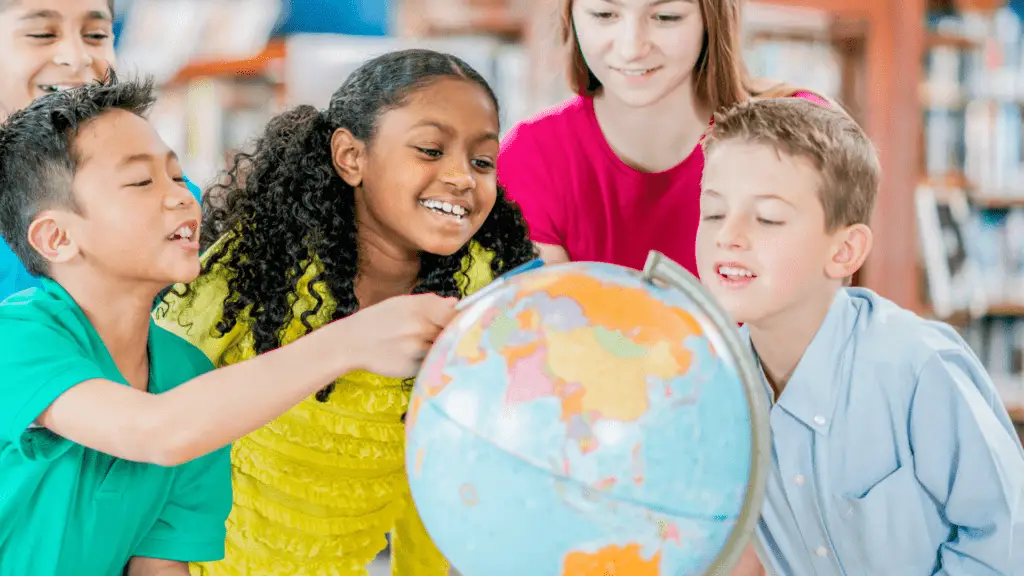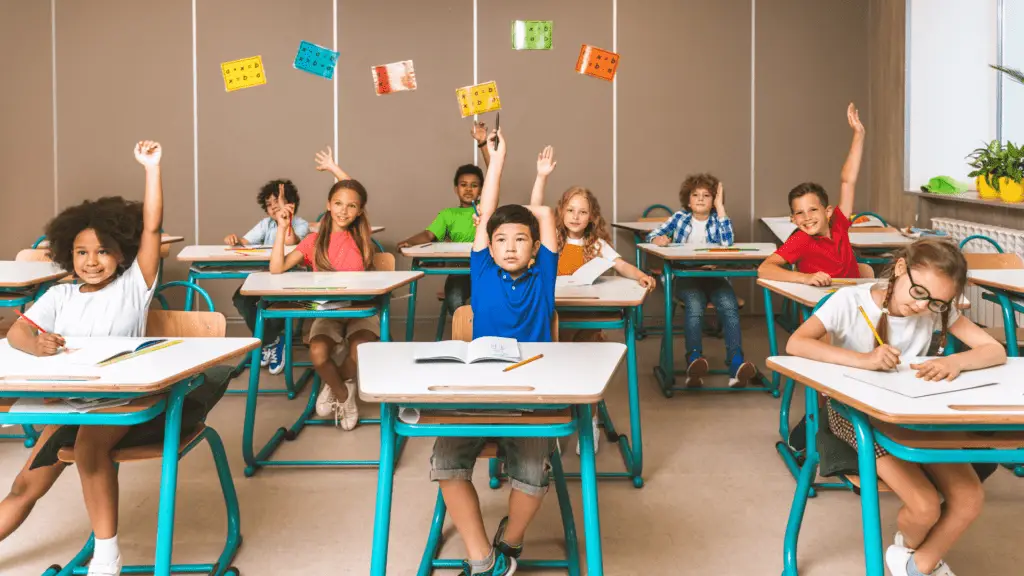As teachers, we have a unique opportunity to broaden our students’ horizons and prepare them for a globalized future. Let’s explore how we can engage students through global collaboration to boost student engagement and create transformative learning experiences.
Introduction to the Importance of Global Collaboration
Global collaboration in education is a powerful tool for preparing young minds for an interconnected world. By connecting classrooms across borders, we open doors to new perspectives, cultures, and ways of thinking. Class2Class.org stands at the forefront of this educational revolution, providing a robust platform for teachers to facilitate these invaluable international connections.
Through global collaborations, students gain firsthand experience in cross-cultural communication, develop empathy for diverse perspectives, and engage in meaningful project-based learning. These experiences not only make learning more exciting but also equip students with essential skills for their future careers and personal growth.
Strategies to Engage Students Through Global Collaboration
As we embark on the journey of international collaboration, it’s crucial to create an environment that encourages active participation from all students. Let’s explore some effective strategies that can transform your global classroom into a hub of engagement and intercultural learning.
Set Clear Expectations: Establish clear goals and guidelines for participation. When students understand what’s expected of them, they’re more likely to engage fully.
Create an Inclusive Environment: Foster a supportive atmosphere where all students feel comfortable sharing their ideas and perspectives. Celebrate diversity and encourage respectful dialogue.
Leverage Digital Tools: Utilize Class2Class.org’s features, such as a collaborative board, students enrolment space, in-app chat, to facilitate easy and engaging interaction.
Encourage Peer-to-Peer Learning: Set up activities that require students to work directly with their international peers. This could include paired assignments or small group projects.
Implement Gamification: Introduce friendly competition or reward systems to motivate participation. This could be as simple as a points system for consistent engagement or creative contributions.
By implementing these strategies, you’ll create a vibrant, inclusive global classroom where every student feels empowered to contribute. Remember, the goal is to make international collaboration an exciting and enriching experience for all involved.

Incorporating Engaging Activities in Global Projects
Every student, regardless of age, can benefit from and contribute to global collaboration projects. However, the approach to engagement can vary significantly depending on the grade level. Let’s explore some tailored strategies to boost engagement for different age groups.
Elementary School
For our youngest global citizens, the key is to make international collaboration fun, visual, and interactive.
- Virtual Show and Tell: Organize sessions where students share objects or stories that represent their culture.
- Global Storybook Creation: Collaborate with partner classes to create illustrated stories that incorporate elements from each culture.
- World Festivals Celebration: Host virtual celebrations of festivals from around the world, encouraging students to participate with costumes, music, or food.
Remember, for this age group, keep activities short, colorful, and full of positive reinforcement to maintain engagement.
Middle School
Middle schoolers are developing more complex thinking skills and a greater awareness of the world. Leverage their growing curiosity and desire for independence.
- Virtual Science Fairs: Collaborate on science projects that can be conducted in different locations and compare results.
- Global Book Clubs: Read books set in partner countries and host discussion sessions with both classes.
- Collaborative Music or Art Projects: Work together to create songs, murals, or other artistic expressions that blend elements from each culture.
For this age group, provide clear structures but also allow for some autonomy in how they participate and express themselves.
High School
High school students are ready for more complex, long-term projects that can have real-world impacts.
- Collaborative Research Projects: Partner students to conduct in-depth research on global issues, culminating in joint presentations or papers.
- Entrepreneurship Challenges: Create international teams to develop business ideas that address shared community challenges.
- Cross-Cultural Debate Clubs: Organize friendly debates on age-appropriate global issues, mixing teams across partner classes.
For high school students, emphasize the real-world relevance of these collaborations and how they can impact their future academic and career paths.
Measuring the Impact of Global Collaboration on Student Engagement
To truly understand the value of global collaboration, it’s essential to measure its impact. Here are some effective ways to assess student engagement:
- Surveys and Feedback Forms: Regularly collect student input on their experience, learning, and engagement levels.
- Skill Assessment: Evaluate the development of global competencies, such as cross-cultural communication and collaborative problem-solving skills.
- Academic Performance: Monitor any changes in overall academic performance or subject-specific improvements related to the global collaboration topics.
- Recognition: At Class2Class.org we recognize teachers and students for their hard work. Use our platform to explore our learning activities and create a collaborative project with your class.
By systematically measuring impact, you can refine your approach, demonstrate the value of global collaboration to stakeholders, and continuously improve the experience for your students.
Global collaborations offer a unique opportunity to engage students, broaden their perspectives, and prepare them for an interconnected world. Explore Class2Class.org, connect with international educators, enroll your students, and begin planning your global collaboration project. Together, we can foster a generation of engaged, globally minded citizens ready to take on the challenges of tomorrow.


